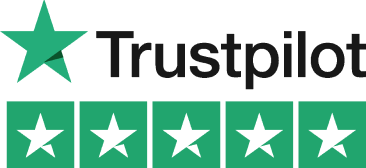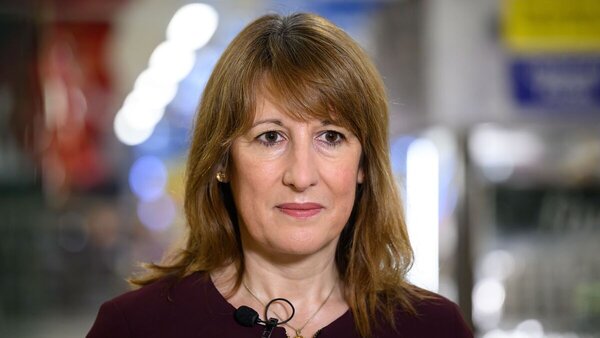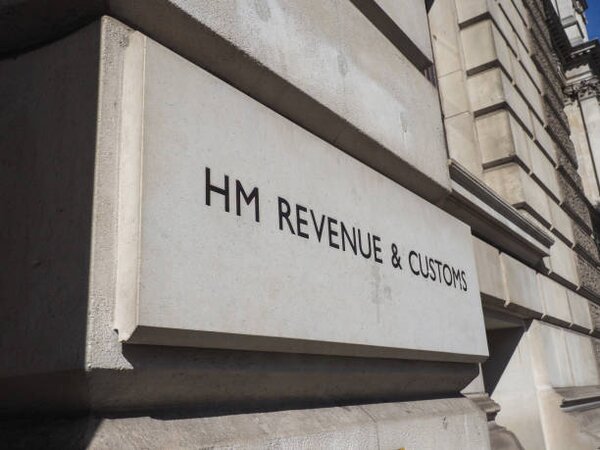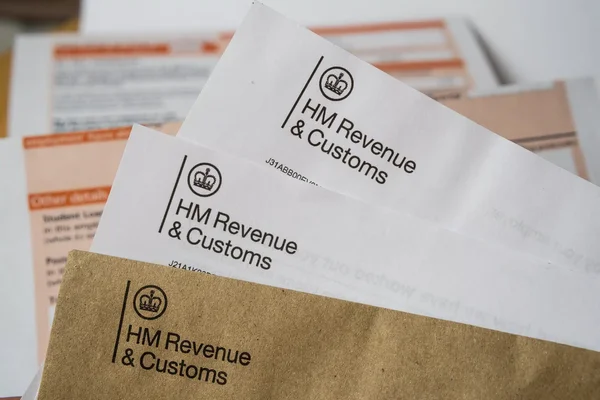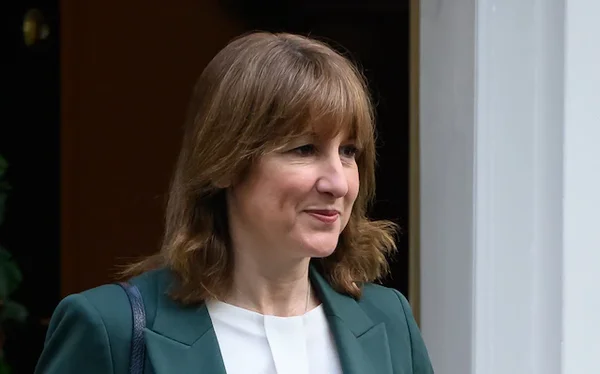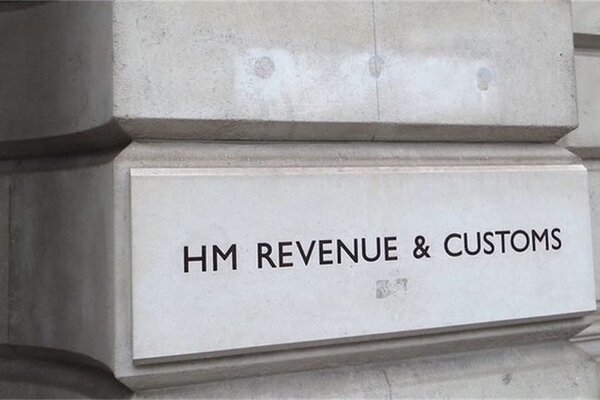Understanding Tax Benefits for Self-Employed Creatives

If you’re self-employed and working in the UK’s creative industry, there are several tax reliefs and allowances that can help reduce your tax burden, freeing up more funds to reinvest in your creative work. Whether you’re a freelance designer, photographer, writer, or musician, understanding how to make the most of these tax reliefs can help you keep more of your hard-earned income.
This guide will walk you through the key tax reliefs and allowances available to self-employed creatives and explain how they differ from the benefits available to larger companies.
The Annual Investment Allowance (AIA) is particularly useful for self-employed creatives who invest in equipment or tools for their work. Whether you’re buying a new camera, studio equipment, or software, you can claim the full cost of these qualifying purchases against your profits in the year you bought them.Annual Investment Allowance (AIA)
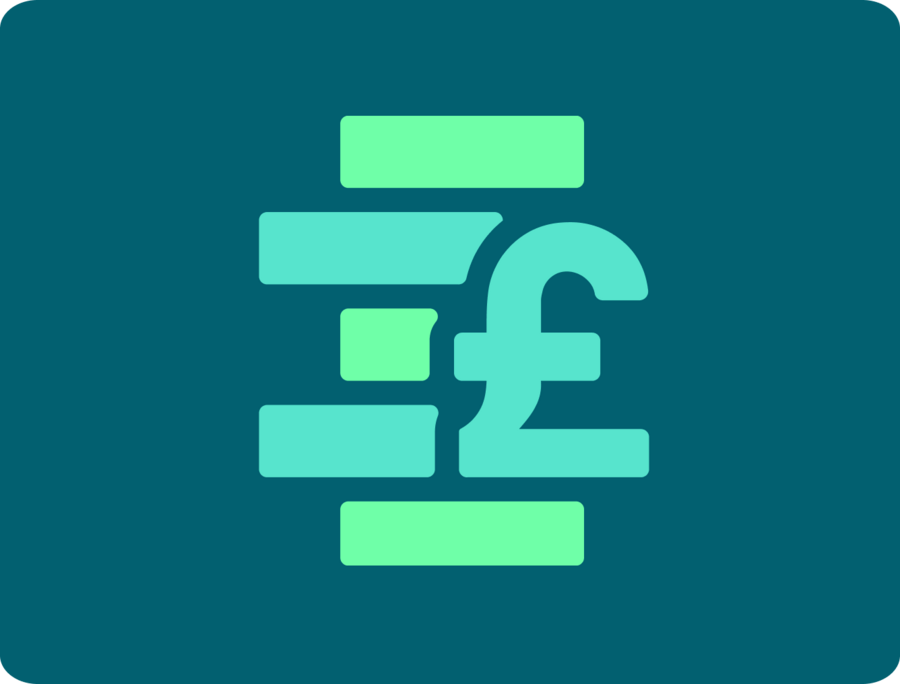
How it works:
The AIA allows you to deduct up to £1 million from your taxable profits for purchases of qualifying equipment each year. This includes things like computers, cameras, recording equipment, and other tools essential to your creative work.
While many of the UK's creative industry tax reliefs (like Film Tax Relief and Video Games Tax Relief) are specifically designed for companies, there are still benefits available to self-employed individuals working in the sector. If you’re working as a contractor or freelancer on eligible projects, the production company you’re working with might be able to pass some of these savings on to you.Creative Industry Tax Reliefs for Freelancers
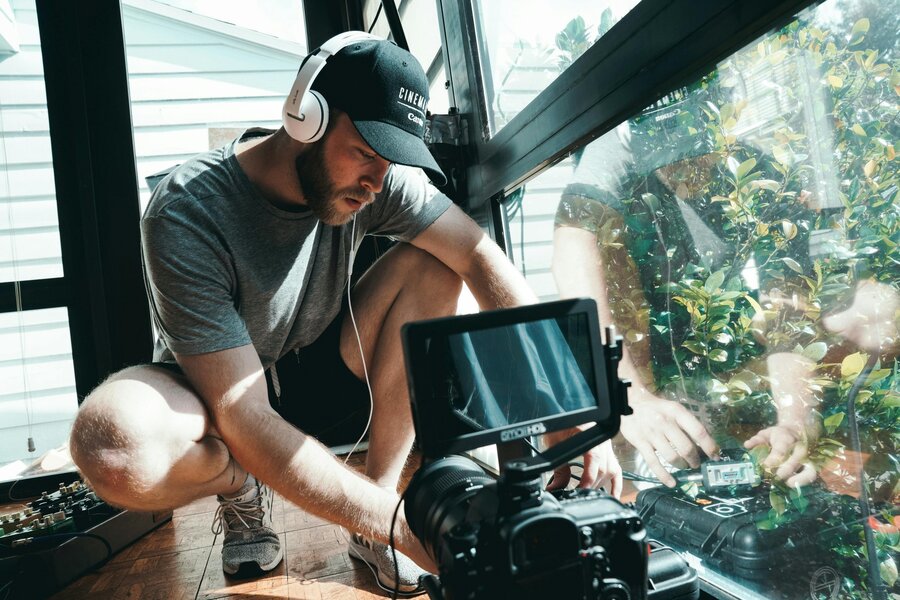
Tip:
Always ensure you’re registered properly as self-employed and keep track of your income and expenses for easier collaboration with production companies and studios benefiting from these reliefs.
If you’re a freelance game developer, designer, or even a self-employed artist experimenting with new technology, you may qualify for R&D Tax Relief. This relief is designed to support innovation, so if your work involves creating new processes, products, or services, you could claim relief on associated costs.Research and Development (R&D) Tax Relief
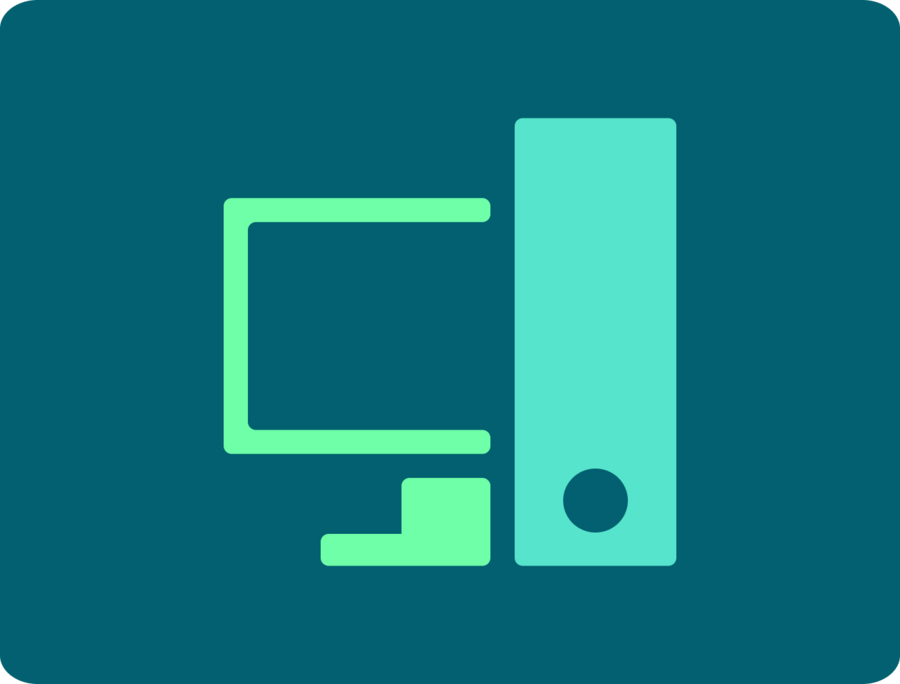
How it works:
You can deduct a percentage of your qualifying R&D costs from your profits before tax. As a self-employed individual, you may need to set up a limited company to take full advantage of this, but it’s worth exploring if your work is heavily focused on innovation.
If you work from home, you can claim a portion of your household expenses, including rent, utilities, and internet, as tax-deductible. This is especially useful for self-employed creatives like graphic designers, writers, and digital artists who work from home studios or home offices.Work-from-Home Expenses

How it works:
You can calculate your home office expenses in one of two ways:
- Simplified expenses: Claim a flat rate based on the number of hours you work from home each month (e.g., £26 per month for working 101+ hours).
- Actual expenses: Claim a proportion of your actual home expenses based on the area of your home used for work.
As a self-employed creative, you might be travelling to photoshoots, performances, client meetings, or exhibitions. You can claim tax relief on your business travel expenses, including public transport fares, mileage if using your car, and even hotel stays if the travel is work-related.Travel and Subsistence
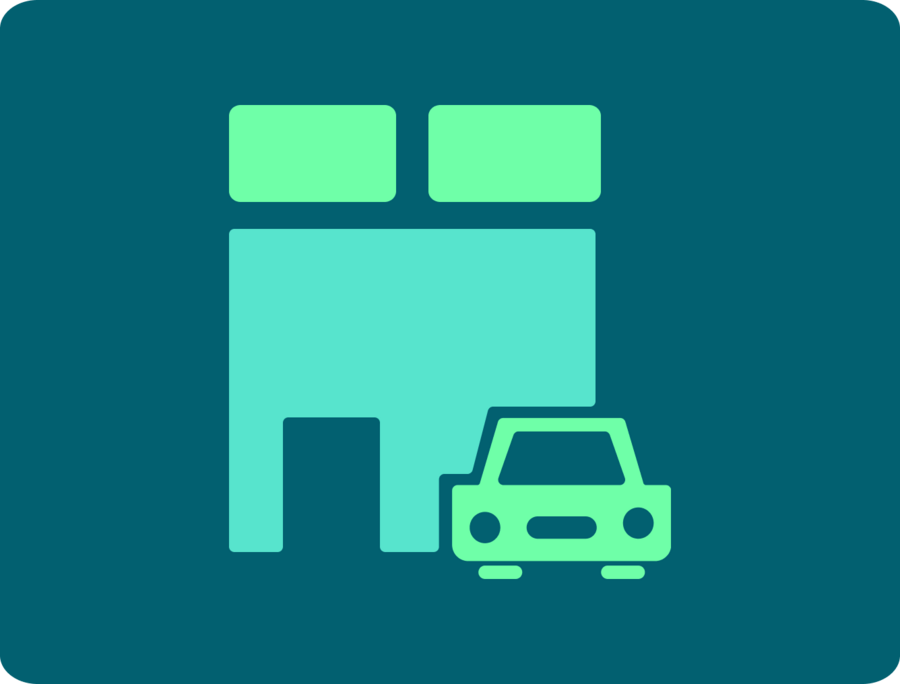
How it works:
Keep receipts for all your business travel and log mileage if you’re using your car. You can claim back a portion of these expenses to reduce your overall taxable income.
Many self-employed professionals in the creative industry are part of professional organisations or subscribe to industry publications. If you’re a member of a recognised professional body or pay for subscriptions that relate directly to your work, these costs are tax-deductible.Professional Fees and Subscriptions

How it works:
If the membership or subscription is necessary for your work, you can claim it as an allowable business expense. This includes fees for organisations like the Association of Photographers, Society of Authors, or Royal Institute of British Architects.
If you’re selling valuable creative assets, such as artwork, photography rights, or intellectual property, you may be subject to Capital Gains Tax (CGT). However, there are some reliefs and allowances you can claim to reduce this.Capital Gains Tax Relief on Creative Assets

How it works:
Every individual in the UK is entitled to a CGT annual allowance, which lets you earn a certain amount from selling assets tax-free. For the 2024/25 tax year, the allowance is £6,000. If your profits from asset sales fall below this amount, you won’t have to pay any tax on those gains.
As a self-employed individual, you’re responsible for setting up your own pension. The good news is that you can receive tax relief on pension contributions, which can significantly reduce your tax bill while helping you save for the future.Pension Contributions and Tax Relief

How it works:
When you contribute to a pension, you get tax relief on those contributions at your marginal tax rate (20%, 40%, or 45%). This means that for every £80 you put into your pension, HMRC adds another £20 if you’re a basic rate taxpayer.
If you’re self-employed, HMRC offers a simplified expenses option, which can make it easier to claim tax relief on your business costs. This includes flat rates for vehicle costs, business mileage, and working from home, which can be a great option if you don’t want the hassle of calculating actual expenses.Simplified Expenses for Self-Employed
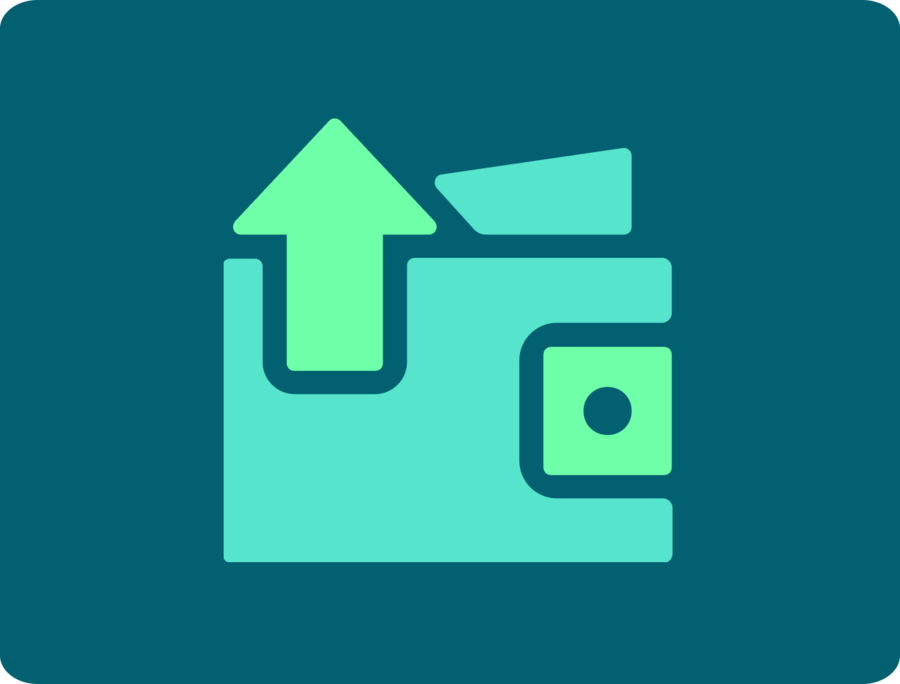
How it works:
For example, instead of working out your actual vehicle costs (e.g., fuel, insurance, repairs), you can claim a flat rate of 45p per mile for the first 10,000 miles, and 25p per mile thereafter.
Key Differences from Corporate Tax Reliefs

While many of the corporate tax reliefs for the creative industry, such as Film Tax Relief or Video Games Tax Relief, may not directly apply to you as a self-employed individual, there are still plenty of ways to reduce your tax burden. The benefits of being self-employed include the ability to claim tax relief on a wide range of business-related expenses, from equipment to travel, making it easier to manage your finances and keep your business sustainable.
Final Thoughts
For self-employed creatives, understanding the range of tax reliefs and allowances available can make a big difference in managing your business finances. Whether you’re claiming expenses for equipment, travel, or home office use, these reliefs can help you reduce your tax bill and put more money back into your creative endeavours.
Need help with your taxes? At Pie, we specialise in supporting self-employed professionals in the creative industry. Get in touch to find out how we can help you maximise your tax reliefs and stay on top of your finances!
Frequently Asked Questions
Can you only claim AIA in year of purchase?
You can only claim AIA in the period you bought the item.
The date you bought it is:
- when you signed the contract, if payment is due within less than 4 months
- when payment’s due, if it’s due more than 4 months later
If you buy something under a hire purchase contract you can claim for the payments you have not yet made when you start using the item. You cannot claim on the interest payments or charges.
How far back can you claim R&D tax relief?
You can claim R&D Tax Credits up to two years after the end of your accounting period. To make the most of your claim, you must include all qualifying expenditures incurred during the financial period you're claiming for before the two-year period is over.
How is Intellectual Property (IP) valued for tax purposes?
The income method is the most commonly used method for IP valuation. It values the IP asset on the basis of the amount of economic income that it is expected to generate, adjusted to its present day value.
Where do I put software subscriptions on my tax return?
There are three ways to write off software expenses on your taxes:
- As a business expense on your Schedule C.
- As a depreciated asset on Form 4256.
- As a Section 179 asset on Form 4526.
Is there a tax deduction for training courses that improve my creative skills?
You can only claim tax relief on training courses if they are designed to maintain or update your existing skills, not to learn new ones. For example, a professional photographer can claim for a course that updates their knowledge of editing software but not for a course on a completely different subject like graphic design. The training must be relevant and necessary for your current business to qualify as a deductible expense.


